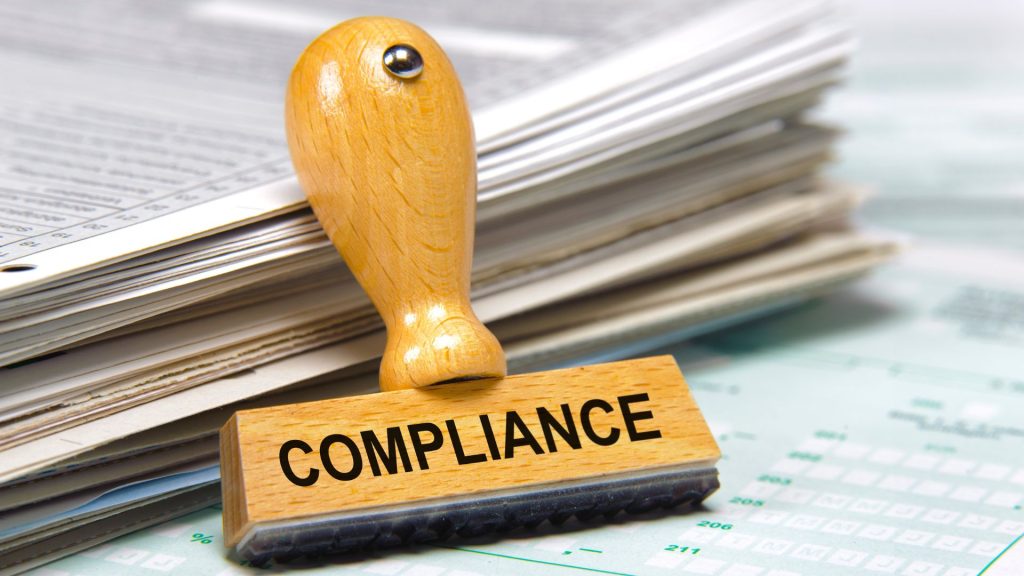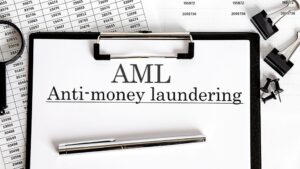Improving false positives in compliance requires a multifaceted approach that involves data analysis, policy revisions, and ongoing training. Continuous compliance reviews and monitoring include the identification of weaknesses and loopholes in false positives reduction processes and systems. The false positives reduction efforts include appropriate configuration of the compliance solutions and optimization of compliance screening processes.
The improvement strategies include revisiting the compliance program, policies, and procedures based on updated risk assessments, considering the multi-geographical, multi-functional, and complex transaction scenarios. Compliance specialists are required to analyse the customer data quality, and use a cross functional review approach to ensure that quality of data.
Improvement strategies also include gathering of sufficient information of existing customers, to improve the data quality and reduce overall false positives ratio.
The improvement strategy also includes contacting the existing customers, to obtain updated information and improve customer portfolio data quality, especially the legacy customer data, which is one of the main causes of the false positives.
Further, the legacy customer data needs to be reviewed by the compliance specialist, to filter out the data inaccuracies, and update the data of each customer, considering applicable laws and regulations. Additionally, it helps in the effective implementation of compliance programs, policies and procedures, which include false positives policies and procedures.
The performance of customer portfolio reviews, to identify the hidden data irregularities, such as inaccurate mapping of customers with relevant customer types, is also part of the overall improvement strategy, because there may be cases where high-risk category customers may be marked as regular customers, either due to error or intentionally causing increase of false positives.
The regular customer portfolio review helps in enhancing the data quality, revisit customers’ risk profiles, and internal compliance policies.
Improving False Positives in Compliance
The improvement strategies include performing compliance processes reviews, to identify the irregularities or errors in the financial transaction scenarios and thresholds that cause false positives.
Further, technology and tools need to be reviewed to assess the capability of the system to minimize the false positives. Review of technology and tools, enable identification of system loopholes and errors that need to be fixed by the relevant technology service provider.
The review of technology requires involvement of technology specialists, in addition to compliance specialists, to perform dynamic and cross functional false positives and other compliance processes reviews.
The improvement strategies also include assessing the competence of the compliance team, to identify and judge the difference between the true positives and false positive cases.
The periodic compliance training sessions by the compliance specialists help in improving the skill-set of compliance teams to differentiate between the false and true positives, considering the applicable laws, regulations, and internal compliance policies.
The training sessions need to be planned and content need to be developed based on the latest applicable laws and regulations, previously identified reasons of reported false positives, audit observations, regulatory findings, and penalties imposed for weak compliance processes and systems leading to generation of false positives.
Final Thoughts
Continuous compliance reviews and monitoring are essential for identifying and rectifying weaknesses in false positives reduction processes and systems. These improvement strategies encompass various facets, including revisiting compliance programs, optimizing data quality, engaging with existing customers to update information, and refining technology and tools. Ultimately, the goal is to enhance data accuracy, minimize false positives, and ensure that compliance teams are well-equipped to distinguish between true and false positives, all while staying in line with the latest laws, regulations, and internal policies. These comprehensive efforts not only strengthen compliance but also contribute to the overall effectiveness of the organization’s risk management framework.




